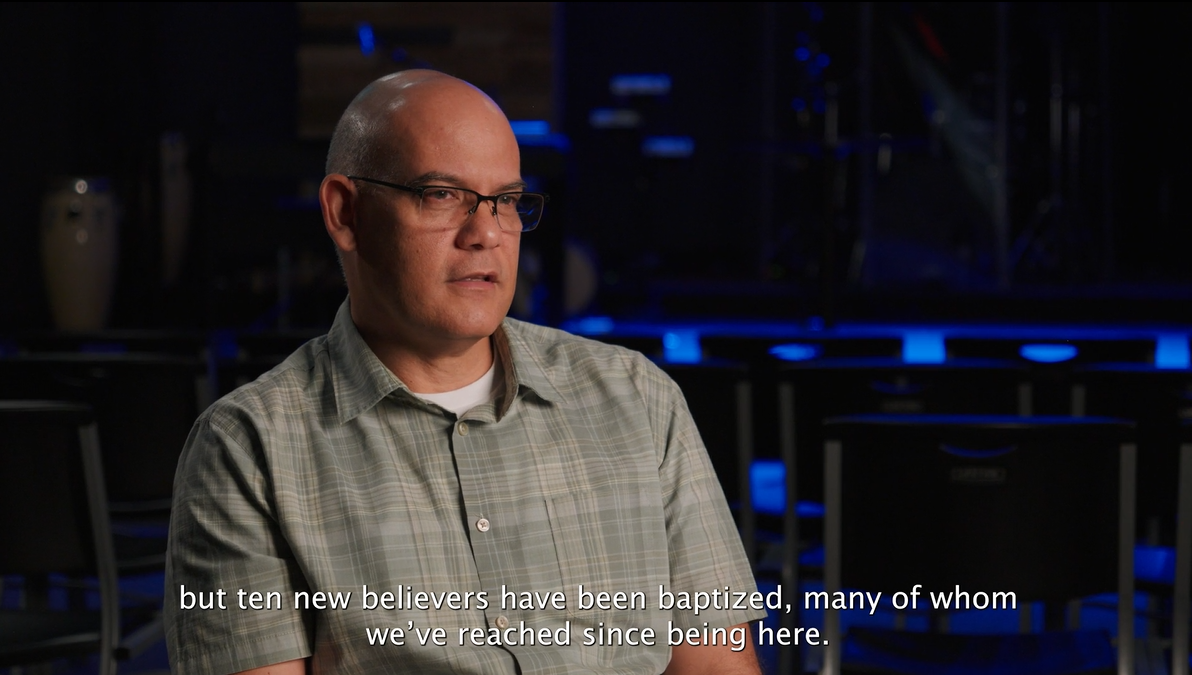Facts Every Minister Should Know about Houston
To reach Houston with the gospel, you have to love Houston as Christ does.
Part of loving something is wanting to understand how it works, how it grows, where it came from, and how you interact with it. When that thing is a major metropolitan area, we relate to the city through huge experiences and day-to-day encounters.
As “Houstonians” we experience when the storms come or our teams win together—whether we live in Katy, the Third Ward, Channelview, or Galveston. But context matters most when push comes to shove, and “Houston” becomes thousands of tiny geographic pockets.
Highs and Lows of Houston
Houston is an interesting place. It’s home to the largest medical center in the world. The Port of Houston ranks first in foreign trade tonnage among all U.S. seaports and has held that rank for 26 consecutive years. Houston’s theater district is the second largest in the country behind New York City’s. Our food options may be the best in the world (Houstonians eat out an average of 6.9 meals per week, two more than the national average). Our freeways are some of the widest in the world. Even the International Space Station has a Houston area code!
But Houston also has things to overcome. It is at the crossroads of human trafficking. Houston’s largest school district is the topic of national discussion. Houston is an economically segregated city, with wealth and educational success metrics largely concentrated in the suburban ring around the city and the “arrow” extending from Katy to downtown.
Looking at the city from above, some obvious patterns emerge. Houston is a city of forests and deserts.


Gospel Hope for All of Houston
“Forests” are places of provision where seeds fall to the ground and find fertile soil waiting. Forests are places of natural growth. “Deserts” are places of growth as well, but that growth must be intentionally cultivated. Those who live in the desert have learned that community is essential as they must share burdens and resources. Houston may be known for what its forests produce, but the future of Houston will be written by how it cares for and cultivates its deserts.
When I pray for the city, I pray according to Jeremiah 29:7, knowing that our city's peace, shalom, and welfare are directly tied to the peace of those who live, work, and play around me. I pray, knowing that the city’s deserts are not abandoned or without champions. But where there is no intention to cultivate, the desert will win the day and destroy the good growth therein.
In our prayers and ministry efforts, we must see the whole city and work together for its good and God’s glory. That might mean finding new partnerships between forest and desert churches, challenging old church planting models, revitalizing, replanting, finding funding, sharing spaces, and whatever else is necessary to cultivate the hard places in our city.
“Houston may be known for what its forests produce, but the future of Houston will be written by how it cares for and cultivates its deserts.”
“HOUSTON” STATISTICS
“Houston” is really three different areas, depending on what you’re referencing:
1. The greater Houston area:
9-county area covering roughly 9,400 square miles—slightly larger than New Hampshire.
At the end of July 2022, the population of the metro was 7.34 million.
If metro Houston were a state, it would have the 15th largest population in the U.S. behind Arizona (7,359,197) and ahead of Massachusetts (7,051,339) and Tennessee (6,981,974).
2. Harris County:
Covers 1,778 square miles, making it bigger than Rhode Island. That’s enough space to fit the cities of Austin, Boston, Chicago, Dallas, New York City, and Seattle with room to spare.
The population of Harris County in July 2022 was 4.78 million.
If Harris County were a state, it would have the 25th largest population in the U.S., behind Alabama (5,074,296) and ahead of Louisiana (4,590,241) and Kentucky (4,512,310).
It is the third most populous county in the U.S.
3. Houston, the city:
At 665 square miles, is larger than the cities of Chicago, Dallas, Los Angeles, New York, Phoenix, and San Diego.
In July 2022, had a population of 2.3 million.
If the city were a state, it would rank 36th in population in the U.S., behind Kansas (2,937,150) but ahead of New Mexico (2,113,344) and Nebraska (1,967,923).
Houston is the fourth most populous city in the U.S.
TEXAS IS GETTING BIGGER
Like our city, our state is also growing rapidly. Texas recently joined California as the only two states with more than 30 million people.
But it might surprise you to know why Texas is growing. According to the Texas Demographic Center, “in 2022, almost 50% of the growth was due to people moving from other states to Texas…About 25% was because of people from other countries to Texas; only 25% was due to the natural increase, which was births minus deaths.”
The growth of Texas is not equal among all racial groups. From 2010-2020, the Hispanic population grew 49.5%, the Asian population grew 15.3%, the Black population grew 13.9%, and the Anglo population grew 4.7%.
Even though growth measurements may be different (numeric vs percentage increase), the Houston area and other Texas cities feature prominently on both lists for top growth around the country from 2021-2022.
Texas had six cities on the list of the 15 cities with the largest numeric population changes. Fort Worth increased the most of any city (+19,170), San Antonio was third, and Houston was ninth. Six of the 15 fastest-growing U.S. cities by percent change are in Texas—starting with Georgetown TX at the top spot (+14.4%) and Conroe at number eleven (+6.3%).
One-half of the top 10 fastest-growing counties were in Texas: Kaufman County (8.9%), Rockwall County (5.7%), Parker County (5.6%), Comal County (5.6%) and Chambers County (5.3%).
Six of the top 10 U.S. counties with the largest numeric growth are in Texas: Harris, Collin, Denton, Fort Bend, Bexar, and Montgomery.
Those numbers are impressive if you’re a stat nerd. But just imagine this, and think about the increase since 2010. Fort Bend County’s population has increased 52.72% since 2010, arriving at a 2023 population of almost 900,000. It ranks fifth on the list for growth, with Hays County between Austin and San Antonio having grown 69% in that same time.
SO WHAT ABOUT HOUSTON?
Last year, the Houston metro added 2,403 people a week on average. So yes, Houston grew by more than a megachurch per week last year. The previous two years were “slower” years for us, as we only added 1,442 people a week on average.
The greater Houston area’s formal census name is the Houston-The Woodlands-Sugar Land metropolitan statistical area (MSA). It ranks fifth among the nation’s metropolitan areas. The Houston MSA had the second-largest numeric increase (124,281,) falling just behind the Dallas MSA. Insert boo here.
If you think of Houston as the innermost of three concentric circles, with Harris County as the middle circle and the entire MSA as the outermost circle, you’ll understand how our city works. Houston is most diverse at its core, then radiating outward, the area largely becomes less diverse outside the beltway—except for Fort Bend County.
Houston city is 29% foreign-born; 44.5% Hispanic, 22.6% Black, 6.8% Asian, and 24.1% Anglo.
These statistics are more than just numbers. They represent the shape of our city and the context in which we minister. As we begin to understand our city, we see the essential nature of working hand-in-hand with other churches around us. The task is far too great for any one church. We can only do it when we work together.
Josh Ellis is Executive Director of Union Baptist Association. He has a PhD in Leadership Studies and has served on the UBA staff since 2005. With both practical and scholarly knowledge, he leads the association into innovative collaboration for the sake of strategic gospel advancement.












Here are the top 10 articles you read most in 2025!